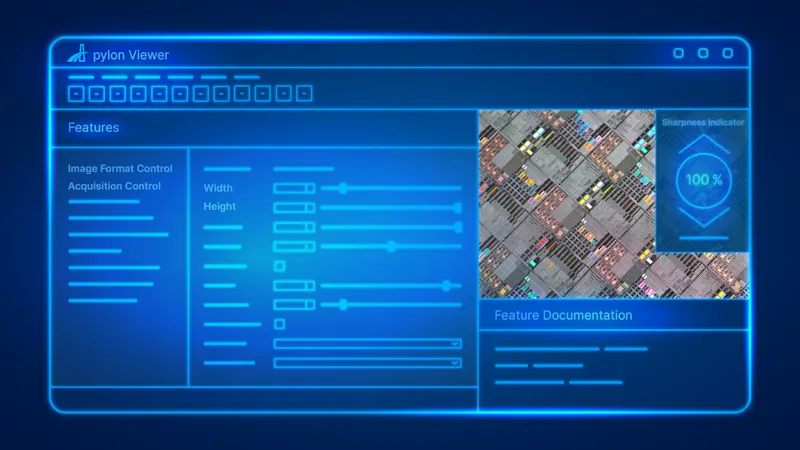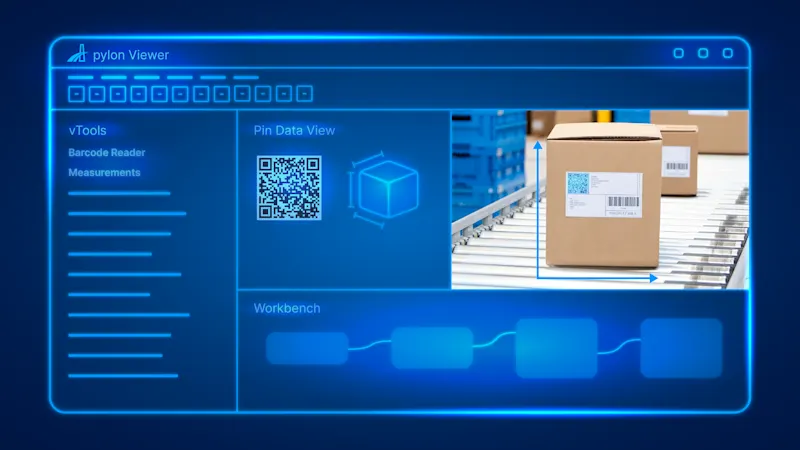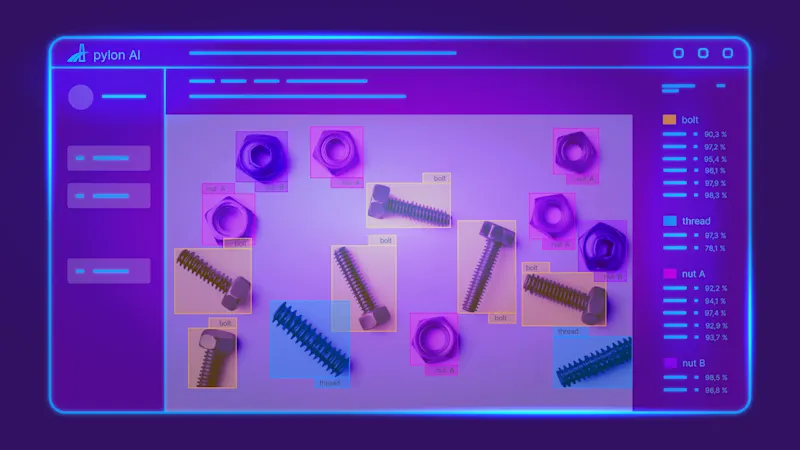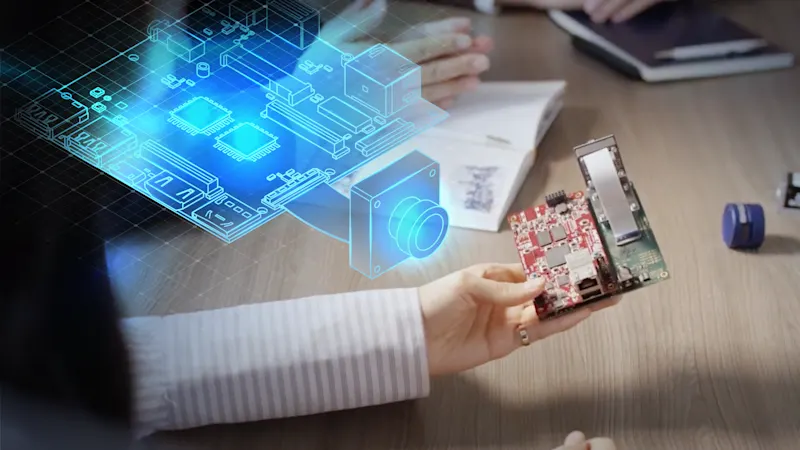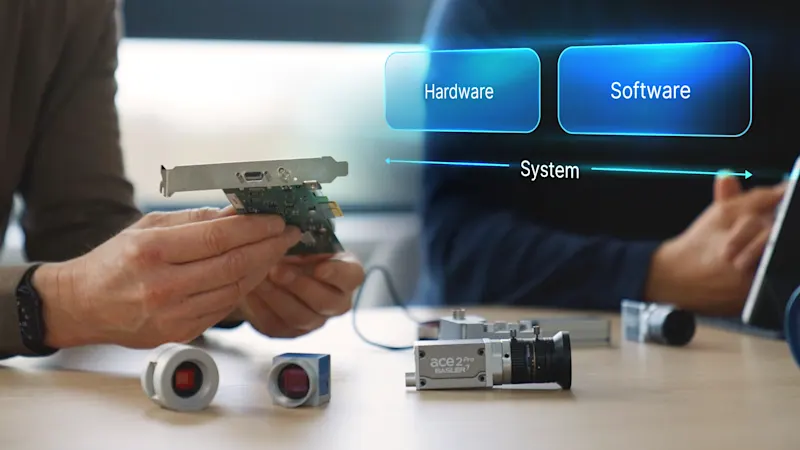AI-Powered Urinalysis for Automated Sediment Detection
Automated, accurate, and efficient urinalysis with CNN-based embedded vision system
Urine sediment examination plays an important role in diagnosing kidney and urinary tract disorders. However, manual microscopy is slow, dependent on user skill, and often inconsistent. Laboratories require higher throughput, stable accuracy, and predictable costs without adding complexity to daily workflows.
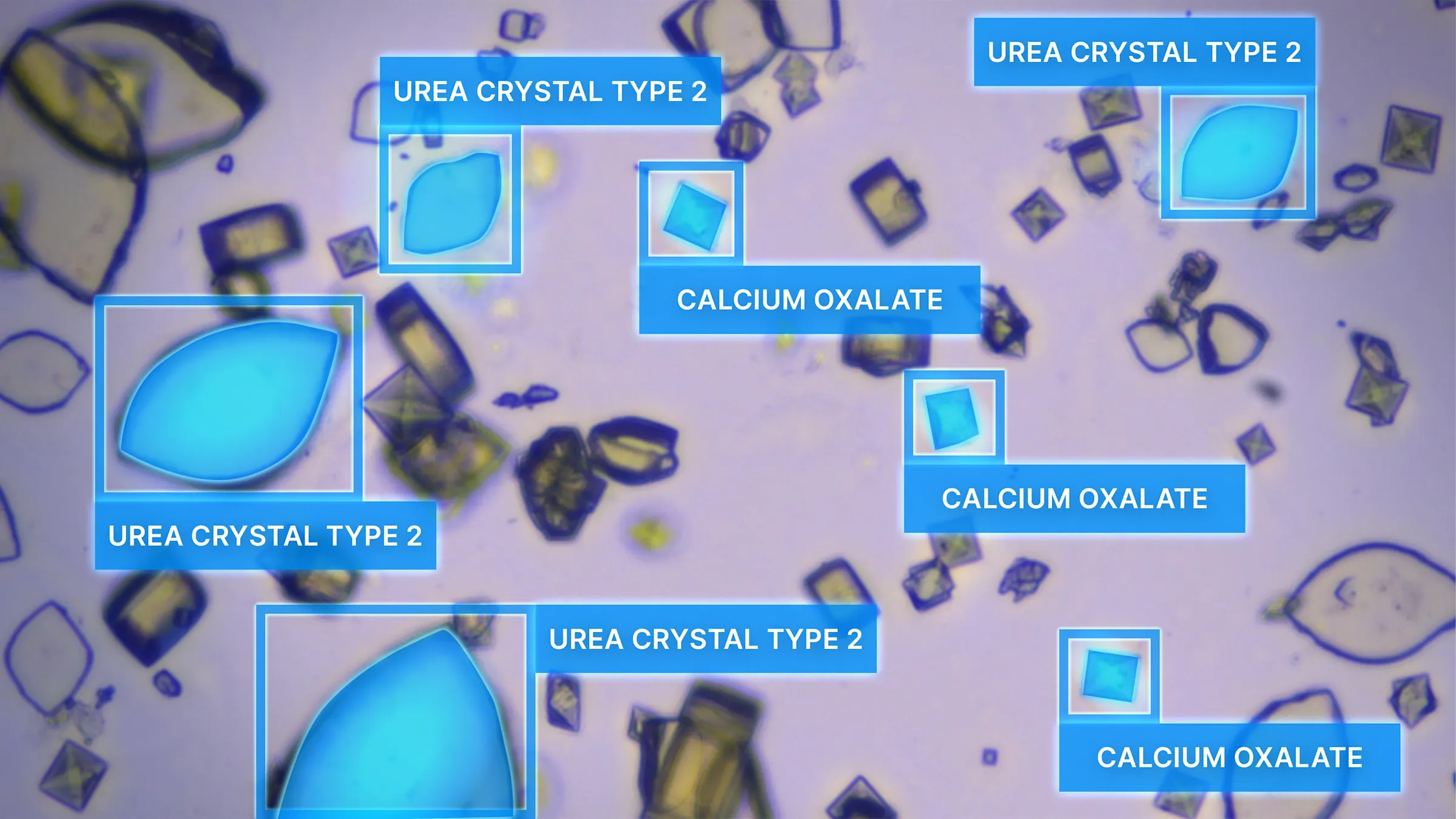
What is the CNN-based embedded vision system for urine sediment analysis all about?
In a urine sediment analysis, laboratory employees examine the solid components of a urine sample under microscope to diagnose diseases of the kidney or urinary organs. However, manual examinations under microscope generally carry a risk of errors and take up valuable time. Many laboratories therefore use automated systems. These differ according to the required performance, functionality, and design size, which also means they vary in terms of their integrated vision system. The CNN-based embedded vision system represented below meets the requirements of cost-effectiveness and high-performance.
What are the challenges in urine sediment analysis?
Lab analyses increasingly have to be provided quickly and inexpensively, of course without compromising on reliability. This is possible with a CNN-based analysis algorithm on the right embedded vision system. The decisive factor is the integration of the right hardware and software components—namely those that are coordinated with each other. This is best achieved with an experienced partner.
Compact embedded vision for real-time sediment classification
Basler provides a compact embedded vision system that combines camera, compute, and pylon AI software for automated sediment analysis. The system captures images of urine samples, detects and classifies relevant structures, and transfers results directly to the host application for reporting and review. This setup enables laboratories and device manufacturers to achieve faster, more consistent, and cost-efficient urinalysis within compact diagnostic instruments.
Products for this solution
Looking to implement a comparable solution? These products will help you.
